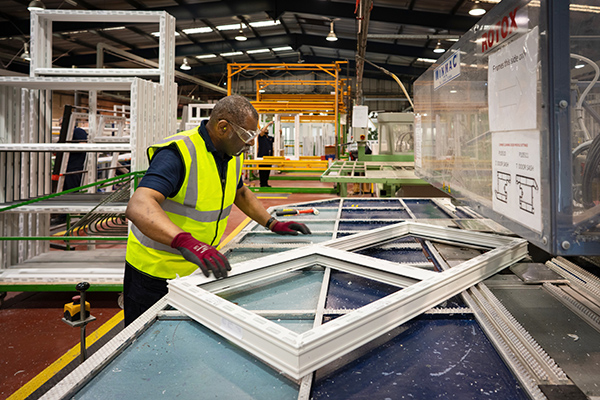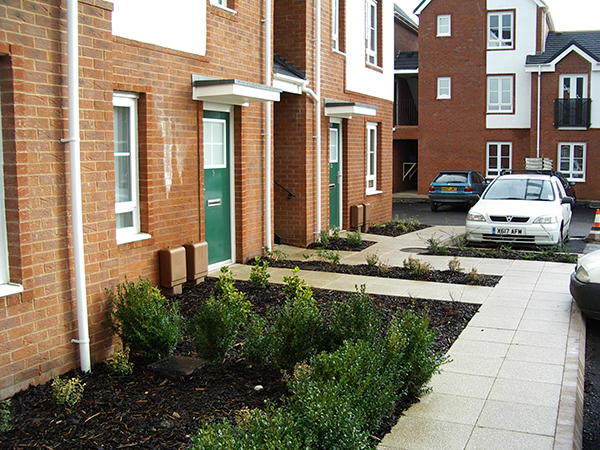Meeting ventilation requirements – now and in the future

Over the past three decades, EnviroVent has partnered with social housing providers to solve issues of condensation and mould, providing turnkey solutions from property survey to installation and servicing, utilising directly employed engineers, a unique offering in the market.
EnviroVent historically recognised that social housing providers required an indoor air quality solution, long lasting and future proofed, for both existing housing stock and new build. By the early 2000s, the company developed the Lifetime Range® of sustainable ventilation solutions to last the lifespan of the property. This included the patented Filterless Extract Fan range, which won the Queen’s Award for innovation and has sold over two million units into the UK market to date.





















